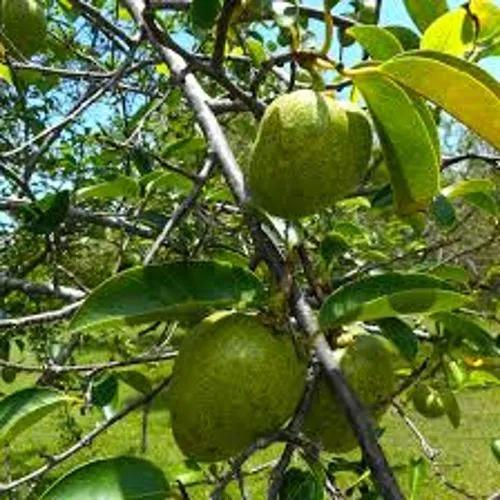Corylus maxima, the filbert, is a species of hazel in the birch family Betulaceae, native to southeastern Europe and southwestern Asia, from the Balkans to Ordu in Turkey.
Filbert Care
Corylus Maxima



It is a deciduous shrub 6–10 m (20–33 ft) tall, with stems up to 20 cm (8 in) thick. The leaves are rounded, 5–12 cm (2–4 3⁄4 in) long by 4–10 cm (1 1⁄2–4 in) broad, with a coarsely double-serrated margin. The flowers are wind-pollinated catkins produced in late winter; the male (pollen) catkins are pale yellow, 5–10 cm (2–4 in) long, while the female catkins are bright red and only 1–3 mm (1⁄16–1⁄8 in) long. The fruit is a nut produced in clusters of 1–5 together; each nut is 1.5–2.5 cm (1⁄2–1 in) long, fully enclosed in a 3–5 cm (1 1⁄4–2 in) long, tubular involucre (husk). The filbert is similar to the related common hazel, C. avellana, differing in having the nut more fully enclosed by the tubular involucre. This feature is shared by the beaked hazel C. cornuta of North America, and the Asian beaked hazel C. sieboldiana of eastern Asia.The filbert nut is edible, and is very similar to the hazelnut (cobnut). Its main use in the United States is as large filler (along with peanuts as small filler) in most containers of mixed nuts. Filberts are sometimes grown in orchards for the nuts, but much less often than the common hazel.The purple-leaved cultivar Corylus maxima 'Purpurea' is a popular ornamental shrub in gardens.In Oregon, "filbert" is used for commercial hazelnuts in general. Use in this manner has faded partly due to the efforts of Oregon's hazelnut growers to brand their product to better appeal to global markets and avoid confusion.
How to Care for the Plant

Popularity

301 people already have this plant 65 people have added this plant to their wishlists
Discover more plants with the list below
Popular articles






